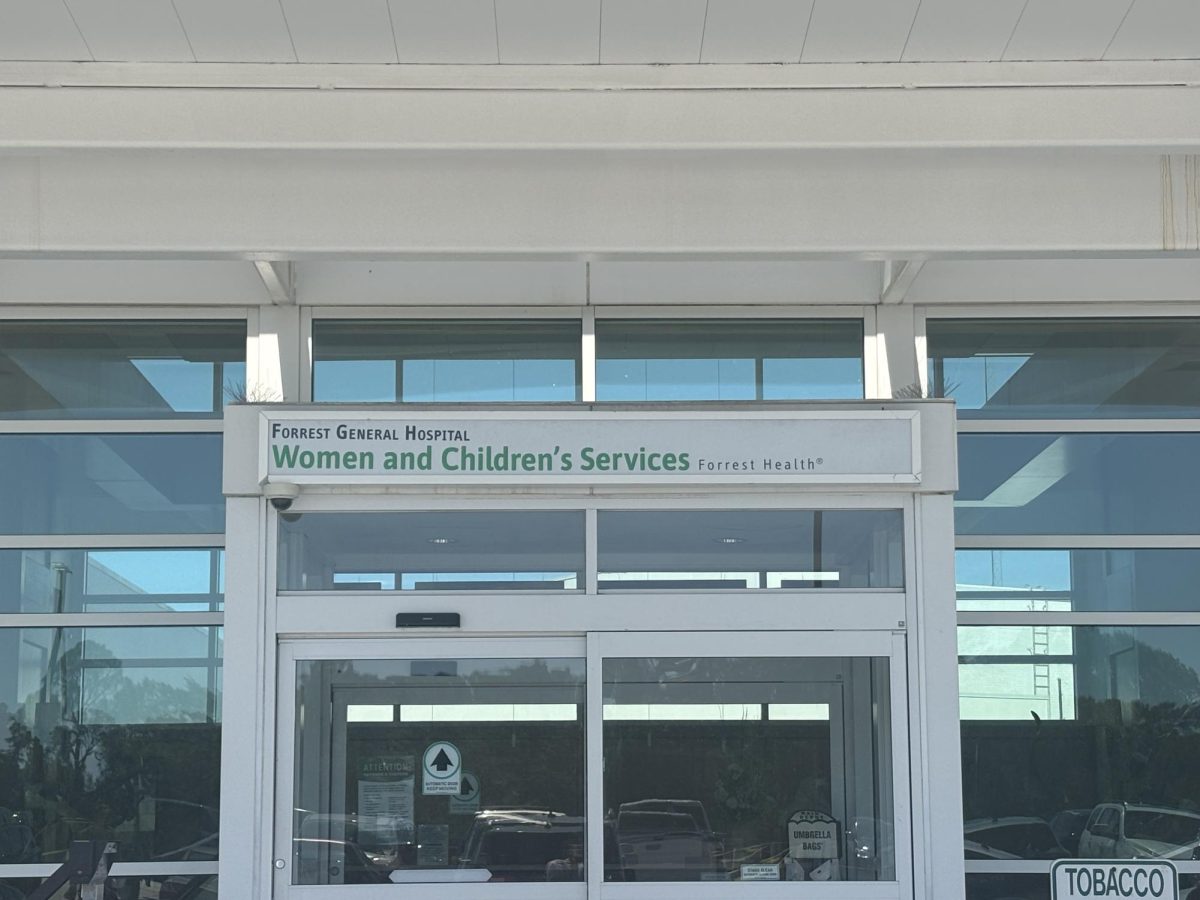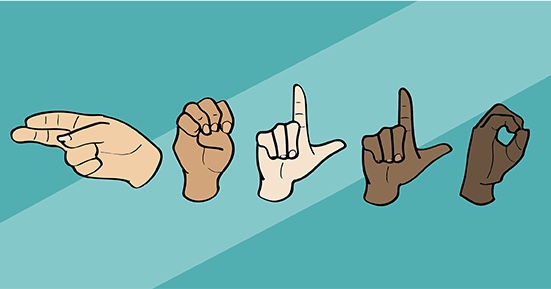The importance of American Sign Language is often discounted and as a result, it is taught infrequently at schools and universities in the US.
“American Sign Language is a complete, natural language that has the same linguistic properties as spoken languages, with grammar that differs from English. ASL is expressed by movements of the hands and face. It is the primary language of many North Americans who are deaf and hard of hearing, and is used by many hearing people as well,” the National Institute on Deafness and Other Communication Disorders reported.
It is important to understand that there is no universal sign language. Sign language varies from country and region. British Sign Language is a completely different language than ASL.
You might be wondering why it could be beneficial to learn ASL if you are not deaf. Even if you are not deaf or you do not know anyone who is deaf, there is a good chance that you will come across someone in your life who is. If you do not know ASL, you will have limited ways to communicate with this person and you could miss out on a potential new friend or even romantic relationship.
This is not to say by any means that students should be required to learn ASL. The option needs to be there for students, however, who are interested in learning.
It is also important to note that not all people who rely on ASL are deaf. Individuals with communication disorders or people who are hard of hearing but not completely deaf rely on ASL too.
According to StartASL.com, 28 million Americans have some degree of notable hearing loss. This is about 10% of all Americans. Of these people, 2 million Americans are classified as deaf. This means that they cannot hear everyday sounds and speech even with the help of hearing aids.
ASL is the natural language of 500,000 deaf people in the US and Canada. A natural language means that it is learned as a first language in early childhood.
There is unfortunately not much data available regarding the rates at which ASL is used and the rates at which it is being taught in schools and universities. This can make is hard to determine how often ASL is really offered.
It may not be necessary for most people to learn ASL, but those who want to learn should not be deprived of the resources to do so.
In short, ASL is a language just like any other. It takes time and practice to master. Universities offering more classes in ASL could provide a solution for those students who want to learn, but do not have a means of doing so.
























